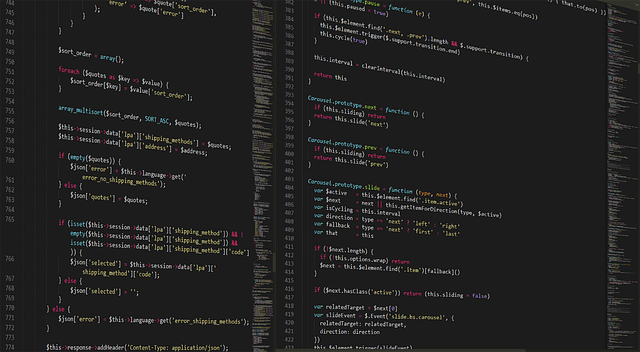
Unlocking Cybersecurity Secrets: The Power of Dynamic Code Analysis in IT
In the fast-evolving landscape of Information Technology (IT), cybersecurity has emerged as a fundamental pillar of operational integrity and trust. Each day, malicious actors grow more sophisticated, posing significant risks to both organizations and individuals alike. To counter these threats, the adoption of dynamic code analysis has become pivotal in safeguarding our digital spaces. But what exactly is dynamic code analysis, and how does it empower us in the unyielding battle against cyber threats?
Dynamic code analysis involves testing and evaluating software while it is running in a real or simulated environment. Unlike static code analysis, which examines the code without executing it, dynamic code analysis focuses on the actual behavior of the software in operation. This method enables security professionals to witness firsthand how an application reacts to various inputs, including unexpected or malicious data. By doing so, we identify vulnerabilities that could be exploited by attackers, ultimately empowering organizations to strengthen their security posture.
The process begins with the setup of a controlled environment, often referred to as a sandbox. Here, applications can be executed safely, allowing for thorough inspection of their behavior under various conditions. This dynamic approach mimics real-life scenarios, making it easier to detect flaws such as buffer overflows, injection vulnerabilities, and improper error handling. These flaws can lead to severe security breaches if left unaddressed. With dynamic code analysis, developers and security teams can catch these vulnerabilities before they have the chance to be leveraged in a real-world attack.
One of the remarkable benefits of dynamic code analysis is its ability to emulate user interactions. Unlike traditional testing methods, this technique can simulate complex user behaviors, encompassing everything from inputting data to navigating through the app’s features. Such detailed insights not only help in uncovering vulnerabilities but also enhance the quality of the software itself. In a world where user experience is a critical determinant of application success, combining security with usability becomes an indispensable asset for IT professionals.
Moreover, the shifting landscape of application development, particularly with the rise of DevOps and continuous integration/continuous deployment (CI/CD), necessitates a proactive approach to security. Dynamic code analysis tools can seamlessly integrate into existing workflows, enabling organizations to address security concerns in real time. By embedding security early in the development process, companies can identify and fix vulnerabilities as they arise, reducing the risks of costly remediation efforts after deployment.
The importance of choosing the right dynamic code analysis tools cannot be overstated. With myriad options available, organizations must evaluate each tool’s capabilities to ensure alignment with their specific needs. Features to consider include ease of integration, depth of analysis, and ability to provide actionable insights. The right tool can transform the way that cybersecurity teams approach vulnerability detection, making it more efficient and effective.
As the IT landscape becomes increasingly intricate, the potential for security breaches rises correspondingly. Cybersecurity is not merely a technical issue; it is a business imperative that demands attention at all organizational levels. By fostering a culture of security awareness and embracing innovative techniques like dynamic code analysis, businesses can stay one step ahead in the cybersecurity race.
In conclusion, the effective implementation of dynamic code analysis serves as a critical line of defense against today’s dynamic cyber threats. Understanding its power, capabilities, and integration into operational workflows empowers IT professionals to proactively address vulnerabilities before they can be exploited, thereby contributing to a robust cybersecurity framework. As we delve deeper into the digital age, embracing dynamic code analysis will be a key to unlocking the secrets of effective cybersecurity.



